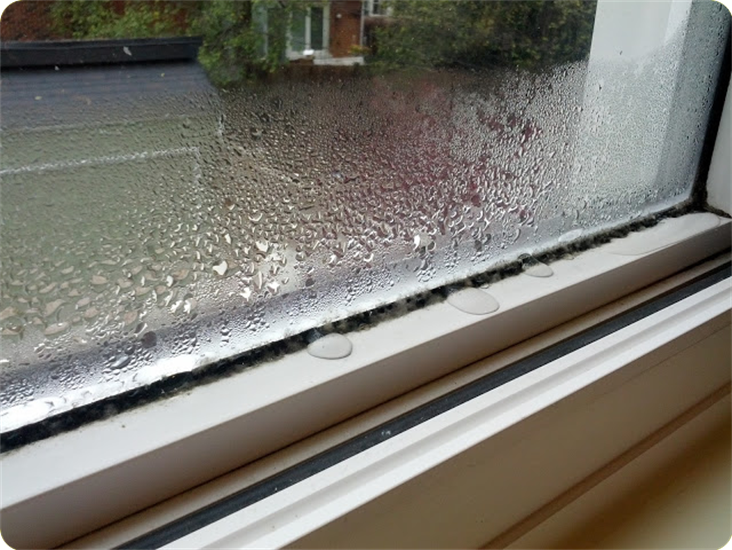Leaking Windows During Heavy Rain?
One of the most difficult problems to solve in newer homes is leakage from windows. This is a very common complaint, but unfortunately may have one of several causes. We will explore these possibilities and answer your question about the sealant.
There are three main areas that water can be entering to cause the leakage that you are experiencing. The first area is the windows themselves, or the area around the thermal seals. This is most common with operating windows, such as casement, awning or slider units, but may also occur on fixed windows. This is often the most difficult to diagnose, because the window manufacturers rarely admit there may be a problem with their product. There are normally small weep holes at the bottom of the frame in a vinyl window, and sometimes these may be blocked or plugged during or after installation. This is the first area to check. If these are OK, you may wish to try a test with a garden hose. Spray the window to see where the water is coming in.
The next possibility is the area around the window frame. In modern windows, there is a gap or space between the window frame and the wall framing. This allows for expansion and contraction of the window, but it must be well sealed to be effective with the insulation and vapor barrier of the exterior wall. This is most commonly accomplished by filling the void with low expansion foam insulation. This foam should be sealed to the vapor barrier on the inside of the wall and should fill the entire cavity. Some installers still use the older method of stuffing small strips of fiberglass insulation into this gap, which will not provide the proper air seal and not prevent moisture intrusion. This can be checked by pulling off the inside window casing and inspecting this area with a flashlight. If the area is not filled with foam, or has damp fiberglass insulation, that is the answer.
The final possibility is the exterior area around the window, the flashing or the housewrap (Tyvec) and improper installation. The windows must all have a metal drip flashing installed over top, and some installers skip this step, thinking that the vinyl nailing flange is sufficient. This metal flashing can be easily seen over top of the window. If this is in place, the installation of the housewrap may be improperly done or missing. The housewrap should be installed over top of the drip flashing, so that any water that drains down this exterior membrane does not leak behind the flashing. The hard part about this possible situation is that this defect may only be determined by partial removal of the stucco. That is a step that may be inevitable, if the first two possible causes are disproved.
Finally, spraying any kind of sealant over the stucco may be useless or possibly detrimental. Traditional stucco is a breathable siding material that has to be allowed to dry out after wetting. If the stucco gets wets, this coating may prevent the moisture from escaping, causing damage to the stucco.





